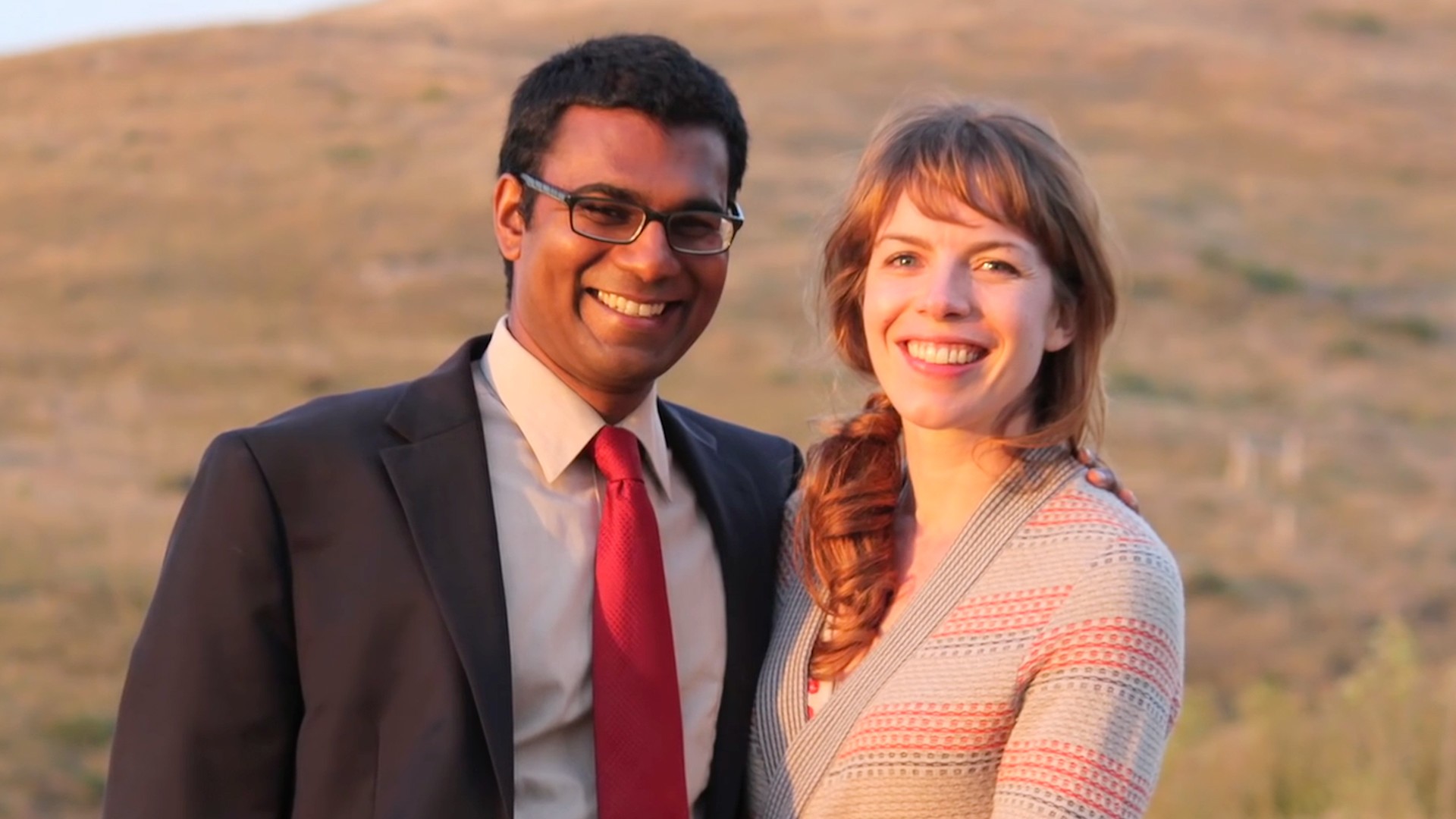This is an opinion piece by Helaina Hovitz, author of After 9/11: One Girl's Journey Through Darkness to a New Beginning.I had a client who was struggling with PTSD symptoms after the 9/11 attacks," Maria Bruce, a psychotherapist with a Master's Degree in Mental Health from NYU, told VICE Impact. "She was experiencing panic attacks, and was terrified of using public transportation to the point that she avoided them entirely."Bruce went on to explain that the client had nightmares, and lived in fear, and even stopped doing activities she once enjoyed because they thought something bad might happen. The client, it turns out, had been misdiagnosed for years, because her perception of the attacks had not been considered.There are still hundreds of thousands of people affected by the September 11 attacks, whether they were direct survivors, or people who had severe reactions just watching it on the news. I was one of them. Over the course of the next eight years, my parents and I struggled to find a therapist, medication, and a diagnosis to fit and treat the issues I struggled with. I cycled through no diagnosis, then ADHD, bipolar, depression, and several other incorrect assessments and prescriptions that followed. Then came my diagnosis of Post Traumatic Stress Disorder at age 19, and I continued to find the right kinds of therapy to help me heal and recover. I'm worlds away from where I was ten years ago—but not many people can say the same."Well-worn diagnoses like bipolar, ADHD, depression, alcoholism all allow the doctor to come up with a game plan they've come up with many times before, giving what they think is a clear path to treatment for their patient," Reynolds told VICE Impact. "It's much easier to deal with what's happening today."
Check out more videos from VICE:
Bruce also noted, today's model of medicine, where insurance companies pay physicians less, but provide a large number of patients to see, is conducive to shorter visits where the patients feel rushed in and out. "Less time spent in a visit leads to less dialogue and rapport between the patient and the doctor, which makes gathering all the necessary information for an accurate diagnosis more difficult," she said."Therapists vary in education, training, and experience," Trauma expert Gary Brown, PhD, LMFT, FAPA , told VICE Impact. "It's not always so easy to differentiate between certain conditions because one condition can mirror signs and symptoms of another condition."Incorrectly distinguishing between anxiety and depression versus PTSD is also a common occurrence. "Even amongst those of us with significant clinical experience, it is possible to miss something from time to time," he said.Dr. A.J. Marsden, an assistant professor of human services and psychology at Beacon College in Leesburg, Florida, says that depression, specifically, is often misdiagnosed.In fact, she says, a study published a few years ago found that up to 45 percent of those who were referred for depression did not actually meet the DSM's diagnostic criteria for a depression disorder. Another meta-analytic study concluded that depression is correctly diagnosed in only 47 percent of cases. As for Bipolar Disorder, approximately 70 percent of patients with bipolar disorder are misdiagnosed with unipolar depression or in some cases, even with ADHDEssentially, Marsden says many therapists and doctors are diagnosing patients with depression who do not suffer from it at all."Misdiagnosis is also more common in African Americans and Hispanic patients than in Caucasian patients. Researchers hypothesize that this could be due to the poor quality of care African American and Hispanic patients receive," she said. "And, because ADHD symptoms differ from males to females and because it includes feelings such as shifts in mood or impulsivity, ADHD is also often misdiagnosed as bipolar, BPD, or anxiety."Bruce says that you can be an advocate for yourself and for others. If you are going to see a psychiatrist or therapist for the first time, it would be helpful to make a list of symptoms and stressors that you think are contributing to how you are feeling. A family history of mental health would be useful as well."Don't be afraid to ask as many questions as you need to understand what the diagnosis means, and even ask for a second opinion if you are not convinced," she said. Also, Bruce added: "Don't be afraid to reach out and offer to help in any way you can. By removing the stigma, and opening communication regarding their difficulties, you will be providing the moral support and hope that could empower them to take action."If a parent is concerned that their child has been diagnosed with a few different disorders because of their behavior, but nothing seems to help, and they want to get a second opinion but don't even know what to look for and they have a really busy schedule, they call All Along and get to have a conversation with someone who will listen, make connections between different physical/mental/behavioral issues, and help them figure out their options.
Advertisement
Dr. Jeffrey Reynolds, Ph.D, CEAP, SAP, and President of the Family and Children's Association, says that, PTSD often gets thrown in as an afterthought at the end of an initial interview about someone's history if the person seeking help even thinks to mention it. Couple that with insurance issues, time constraints, and a pressing need to address whatever symptoms feel are most directly affecting the person's ability to function, stay safe, or maintain a quality of life, and it's a matter of getting them medication and dealing with what feels most fixable, rather than getting to the root of the problem."Even amongst those of us with significant clinical experience, it is possible to miss something from time to time."
Advertisement
Check out more videos from VICE:

Bruce also noted, today's model of medicine, where insurance companies pay physicians less, but provide a large number of patients to see, is conducive to shorter visits where the patients feel rushed in and out. "Less time spent in a visit leads to less dialogue and rapport between the patient and the doctor, which makes gathering all the necessary information for an accurate diagnosis more difficult," she said."Therapists vary in education, training, and experience," Trauma expert Gary Brown, PhD, LMFT, FAPA , told VICE Impact. "It's not always so easy to differentiate between certain conditions because one condition can mirror signs and symptoms of another condition."Incorrectly distinguishing between anxiety and depression versus PTSD is also a common occurrence. "Even amongst those of us with significant clinical experience, it is possible to miss something from time to time," he said.Dr. A.J. Marsden, an assistant professor of human services and psychology at Beacon College in Leesburg, Florida, says that depression, specifically, is often misdiagnosed.
Advertisement
Advertisement
Rachel Kazez, a licensed therapist and founder of All Along, a site that helps people understand mental health and therapy, says that mental illness can be expressed based on many factors, like cultural differences—especially with PTSD, which is technically a type of anxiety disorder but presents itself in many ways. It also includes important vulnerable populations like child trauma survivors, urban and rural youth, veterans, and sexual assault survivors.In her opinion, what contributes to the epidemic is insufficient resources (financial and time limitations) for taking the time to focus on clients, especially those with a lower socioeconomic the inherent difficulty in making a judgement based on self-report."When you add trauma, culture, language, etc into the mix, different clients' report of 'the same' disorder—though no client is the same—is even less consistent," Kazez told VICE Impact. "Diagnosis is a useful way to categorize, understand, and treat symptoms, but it's a description created by humans."Kazez started All Along to help people find the right treatment and figure out how to navigate the mental health care system."Many people don't get to speak to someone who is a therapist until they're in therapy themselves," she says. "When someone needs help the most is often when they have the fewest resources to find that help—and if they've already tried once but have been misdiagnosed or just not found a good fit, that's even harder.""When someone needs help the most is often when they have the fewest resources to find that help—and if they've already tried once but have been misdiagnosed or just not found a good fit, that's even harder."
Advertisement
"Having a therapist who will work with you in a collaborative way is crucial, no matter their licenses or credentials," Dr. Brown said. "She or he should be completely open to you obtaining a second or third opinion if you need to satisfy yourself that you do indeed suffer from one or a number of emotional conditions. Some clinicians will take anyone who walks through the door. I would be highly skeptical about anyone who says they can treat anything. Turn around and run!"If you want to take action in a bigger way, check out, send a clip to, or donate to organizations like It Gets Brighter, which offers messages of hope to other struggling with mental illness. Project Hope Exchange offers you the same option, but anonymously, whether you need to give or receive a 30 second message of hope on the phone. The Steve Fund , which offers resources and educational mental health workshops to people of color, The Trevor Project , which does the same for LGBTQ youth.Keep up with and contribute to the American Foundation for Suicide Prevention 's work to help reach out to kids and adults who feel they have no hope left, or, if you're an advocate or survivor, consider reaching out to the Minding Your Mind and asking about their speaker program, which could give you the opportunity to speak to kids directly in schools and at the outset of adolescence, when many of the above issues start to surface.READ MORE: Americans' Mental Health Problems Are Costing Them Jobs and Money
